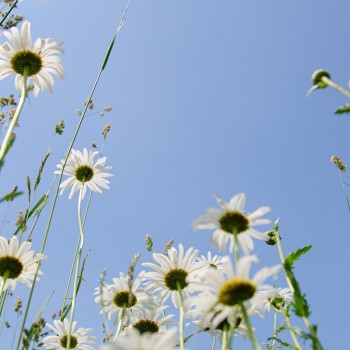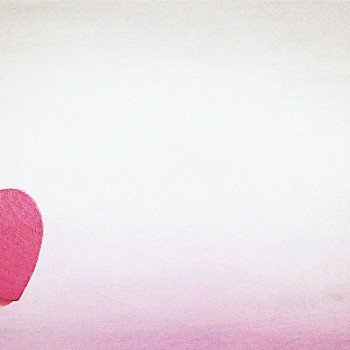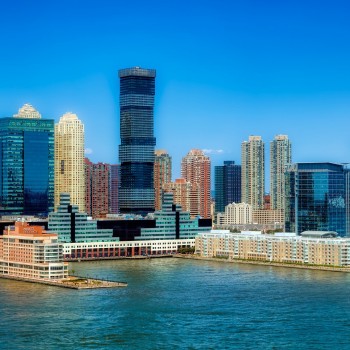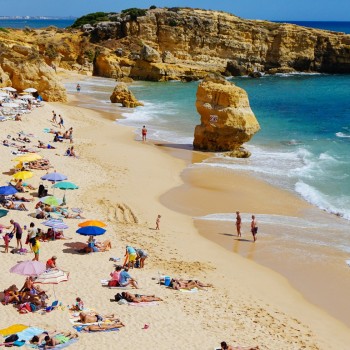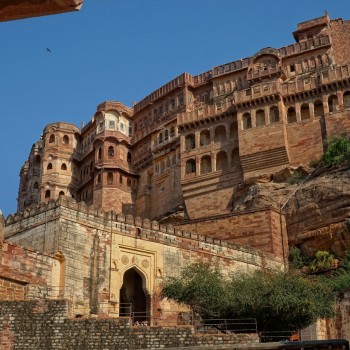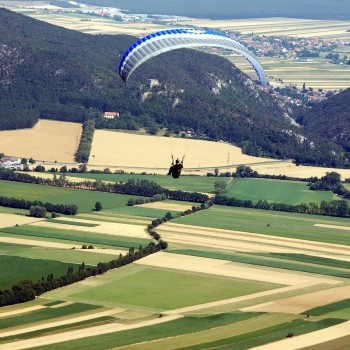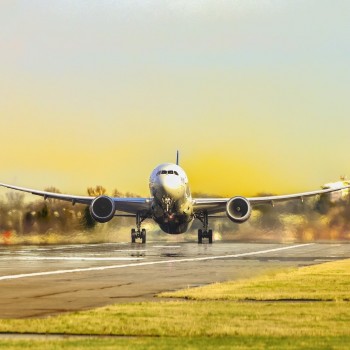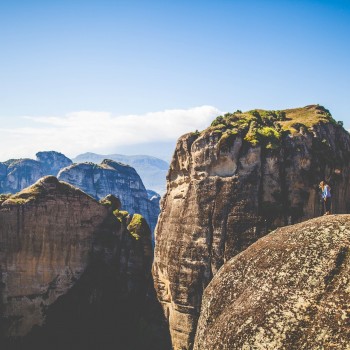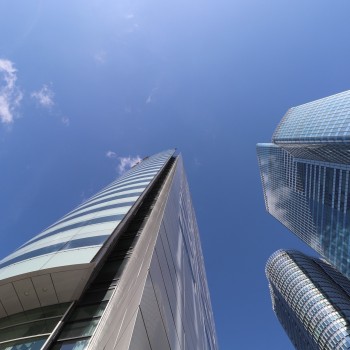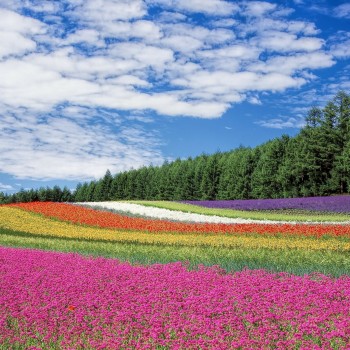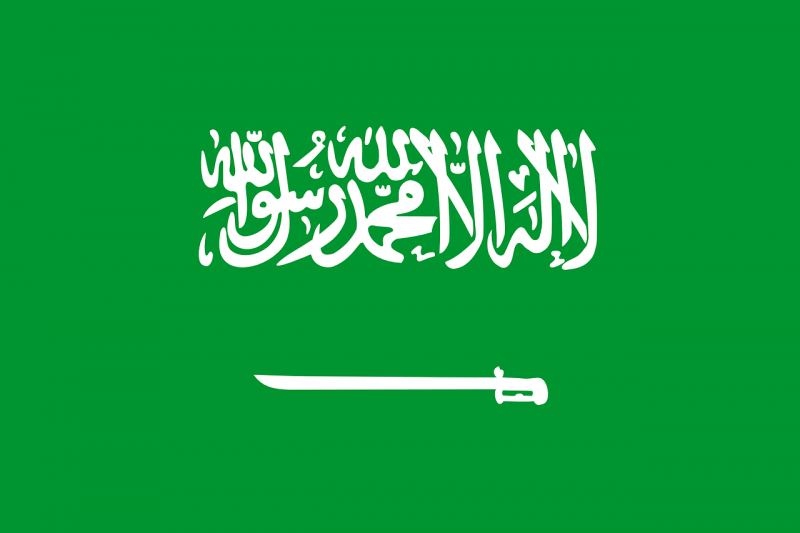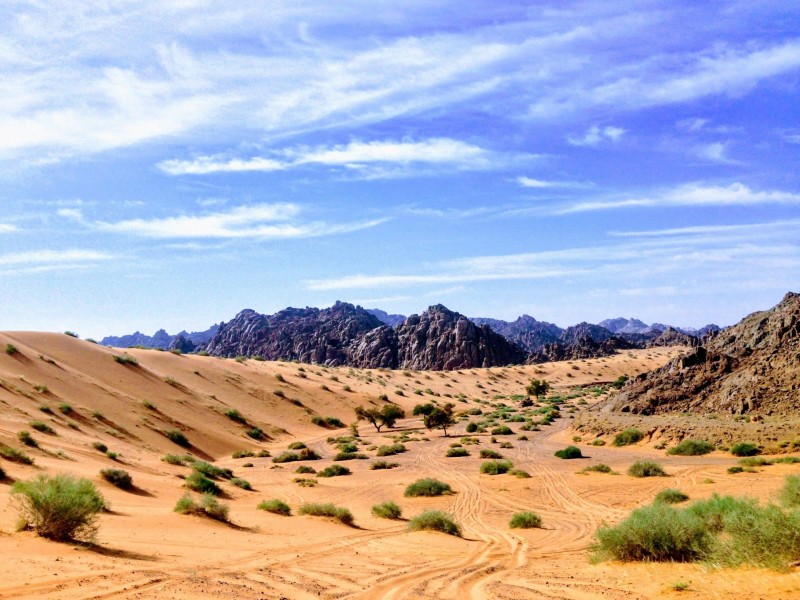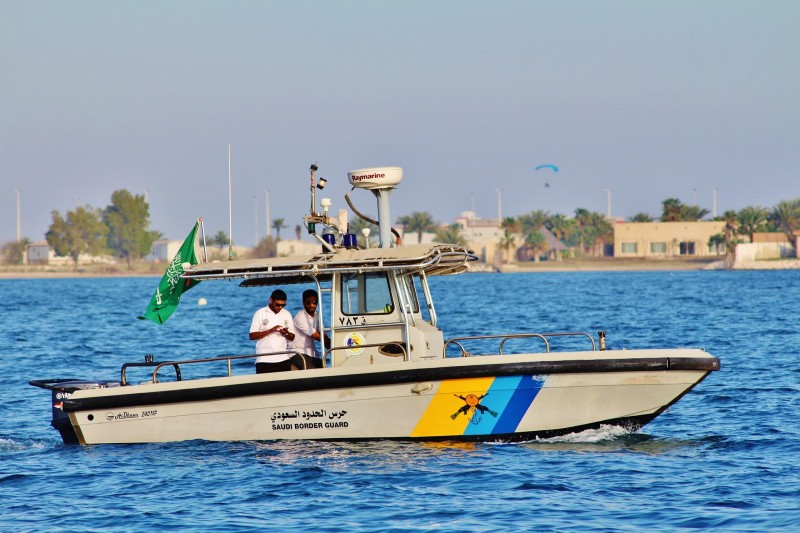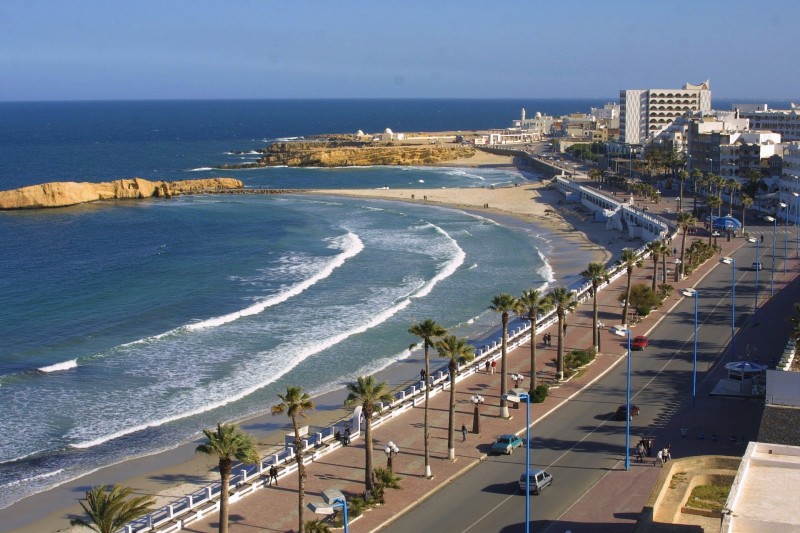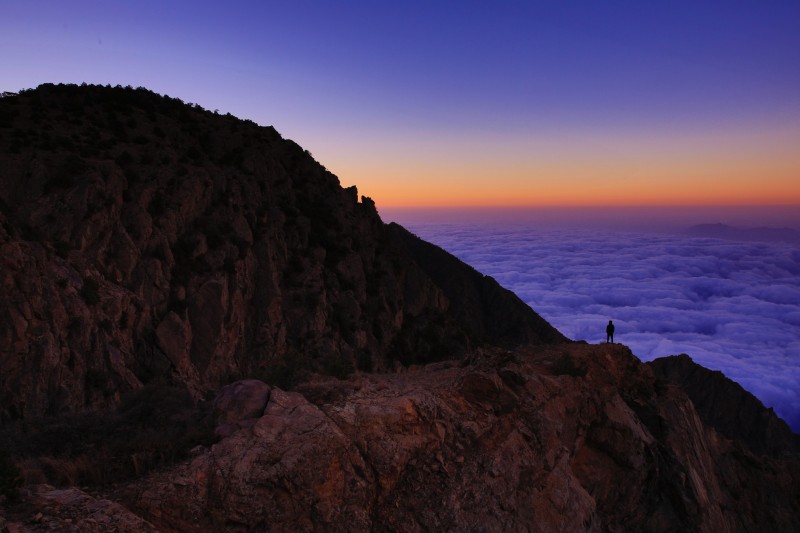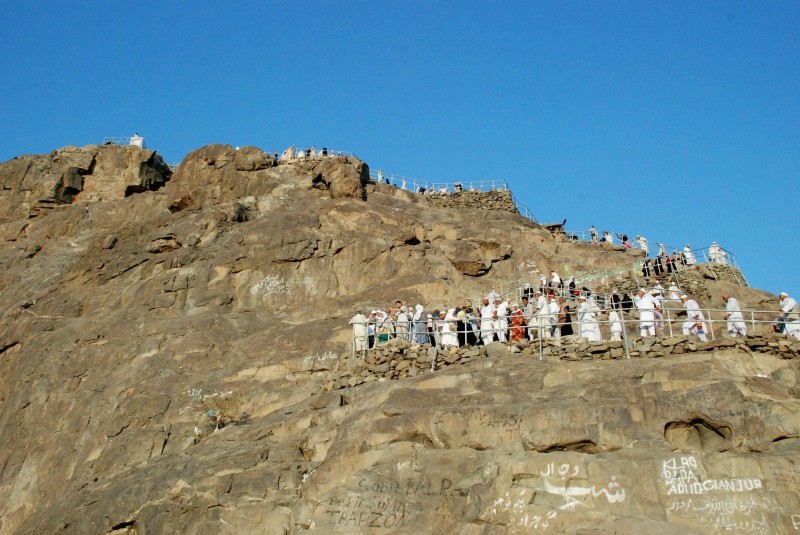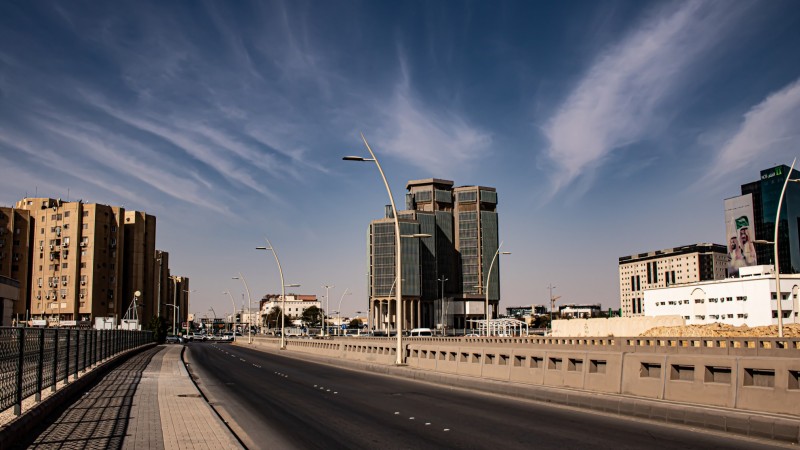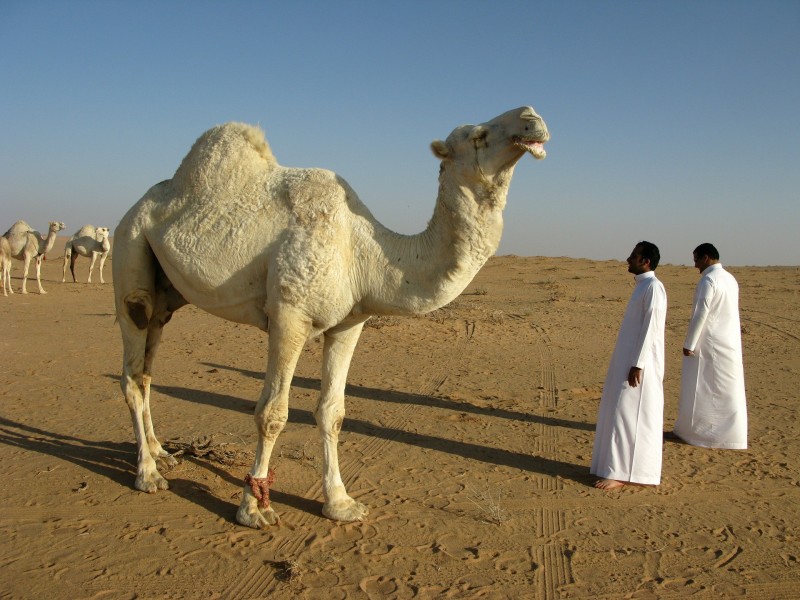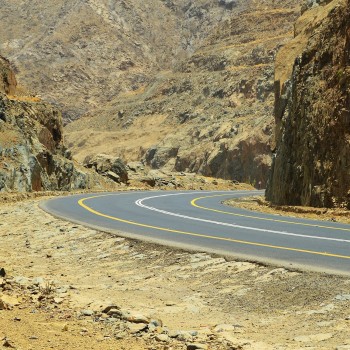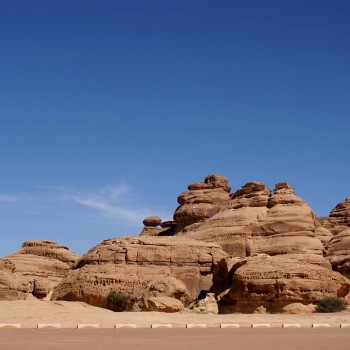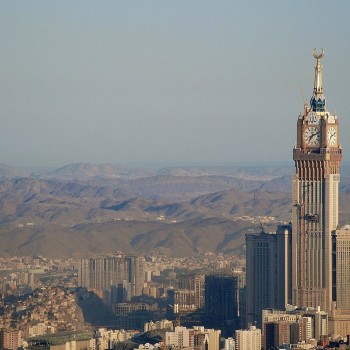Saudi Arabia
Saudi Arabia
Capital city description
Riyad is the capital of Saudi Arabia, situated at the center of the Arabian peninsula. The city was established on the ruins of the ancient town of Hajr in the Yamamah region. This area used to be the epicenter of the trade caravans. The 99 story tall Kingdom Center is an iconic landmark of the city and ranks as one of the fifth tallest skyscrapers in the country.
The National Museum is the Middle East's best museum, found in the city of Riyad. The state-of-the-art space contains eight galleries dedicated to Arabia's art, history, and culture. Highlights include original rock carvings, a full-scale replica of a Nabataean tomb, and the 180-degree screens that show films complementing the exhibits.
Climate
Saudi Arabia has a desert climate characterized by extreme temperature during the day, abrupt drops in temperature at night; the rains are scarce almost everywhere and concentrated from November to April. The temperature in spring and autumn ranges from 29C to 32C and is temperate. And it's sweltering in summer in all of the country.
- Spring: March through May
- Summer: June through August
- Autumn: September through November
- Winter: December through February
Languages spoken
The Arabic language is the official language of Saudi Arabia and the first language of nearly all native Saudi Arabians. Many foreigners in Arabia speak some common languages: Tagalog, Rohingya, and Urdu.
Fun/Fascinating Facts
- Riyadh, the country’s hugest camel market, sells around 100 camels every day. It’s also the world’s largest camel market.
- Saudi motorists have invented an exhilarating but dangerous craze known as “sidewalk skiing,” which includes balancing the car on its side while driving.
- Saudia Arabia is the largest country in the world without a river. Over 95% of the country is desert or semidesert.
- The Arabian Peninsula is the world’s largest peninsula.
- Sorcery or magic is forbidden to practice in Saudi Arabia. The Saudis have a police unit set up mainly for catching witches, and the people they catch end up in serious trouble.
Unique Customs/Traditions
- According to Islamic law, Saudi Arabian women are expected to cover their bodies in an abaya (black robes and face coverings) as a sign of respect for Muslim modesty laws. As for men, they can wear anything from the traditional thobe [a long-sleeved, gownlike garment] to jeans and a T-shirt. For tourists, modest dress is a must that, if ignored, can trigger a warning from the Mutawwain (religious police). Women may not converse with men or show affection in public.
- Gift-giving follows Saudi rules of etiquette: Small thank-you gifts are acceptable but are not opened when given. Men never present flowers to women, and alcohol is a wrong gift choice for religious reasons.
- Traditionally, marriage was between paternal first cousins or other patrilineally related kin. It was conventional for potential spouses not to meet before the wedding night, and marriages had to be arranged by fathers, mothers, and other relatives.
- Men are allowed to have four wives at a time as long as they can treat them equally, but polygyny is uncommon in most of the population.
Popular universities
| Name | Description | |
|---|---|---|
| King Saud University | King Saud University (KSU)is the leading knowledge-sharing University in Saudi Arabia. King Saud University is a non-profit public higher education institution located in the urban setting of the large metropolis of Riyadh, established in 1957. King Saud University (KSU) focuses on the highest education, research, and entrepreneurship to prepare graduates for a brighter future. King Saud University (KSU) offers courses and programs leading to officially recognized higher education degrees such as pre-bachelor degrees (i.e., certificates, diplomas, associate or foundation), bachelor's degrees, master's degrees, doctorate degrees in several areas of study. | |
| King Abdulaziz University | King Abdulaziz University (KAU) was established in 1967 in Jeddah by the Red Sea as a private university bearing the name of the founder of Saudi Arabia, King Abdul-Aziz Al-Saud, to serve the needs of higher education in the Western Region of Saudi Arabia. In 1973, KAU joined the Saudi public universities’ system. With its international outreach and collaboration in research, innovation, accreditations, and rankings, it is now recognized as a prestigious world-class university. King Abdulaziz University (KAU) offers courses and programs leading to officially recognized higher education degrees such as pre-bachelor degrees (i.e., certificates, diplomas, associate or foundation), bachelor's degrees, master's degrees, doctorate degrees in several areas of study. | |
| King Fahd University of Petroleum and Minerals | Located in Dhahran, the eastern province of Saudi Arabia, King Fahd University of Petroleum and Minerals (KFUPM) was established in 1963 and is one of the largest public universities in Saudi. Its primary focus is on Petroleum and Minerals, two of the most abundant resources in the kingdom. King Fahd University of Petroleum and Minerals (KFUPM) offers a Master of Science, Master of Engineering, Doctor of Philosophy, and many Bachelor's degrees. | |
| King Abdullah University of Science and Technology | Located in Thuwal, Saudia Arabia, King Abdullah University of Science and Technology (KAUST) was founded in 2009. KAUST is the first mixed-gender university campus in the whole of Saudi Arabia. Students can study at graduate and Ph.D. levels within three divisions: biological and environmental science and engineering, computer, electrical, and physical science and engineering. Students can study specialist subjects, including plant science, electrical engineering, marine science, and statistics. English is the official language of instruction. The university aims to create scientists and engineers to address the world’s pressing scientific and technological challenges related to food, water, energy, and the environment. | |
| Umm Al-Qura University | Umm Al-Qura University (UQU) is a large public university in Mecca, Saudi Arabia. The university was established as the College of Sharia (Islamic Law) in 1949 before being joined by new colleges and renamed Umm Al-Qura by royal decree in 1981. Umm Al-Qura University (UQU) started primarily as an Islamic university offering degrees in Islamic Law and Arabic language studies. Umm Al-Qura University offers more courses in such diverse subjects as Technology Management, Business Management, Islamic Economics, Marketing, Engineering, Technology, Medicine, Education, Architecture, and various Applied, Social, and Engineering Sciences. | |
| King Khalid University | King Khalid University was formed by Royal Decree in 1998 from a merger of Imam Ibn Saud Islamic University and the southern region of King Saud University. King Khalid University serves the sparsely populated Aseer region of Southern Saudi Arabia. King Khalid University (KKU) offers courses and programs leading to officially recognized higher education degrees such as pre-bachelor degrees (i.e., certificates, diplomas, associate or foundation), bachelor's degrees, master's degrees in several areas of study. | |
| Al-Imam Muhammad Ibn Saud Islamic University | Al-Imam Muhammad Ibn Saud Islamic University is a non-profit public higher education institution located in the urban setting of the large metropolis of Riyadh. This institution also has a branch campus in Riyadh. Founded in 1974 and officially recognized by the Ministry of Education of Saudi Arabia, Al-Imam Muhammad Ibn Saud Islamic University (IMAMU) is a vast coeducational Saudi Arabian higher education institution formally affiliated with the Islamic religion. Al-Imam Muhammad Ibn Saud Islamic University (IMAMU) offers courses and programs leading to officially recognized higher education degrees such as pre-bachelor degrees (i.e., certificates, diplomas, associate or foundation), bachelor's degrees, master's degrees, doctorate degrees in several areas of study. | |
| Taibah University | Founded in 2003, Taibah University is a non-profit public higher education institution located in the urban setting of the metropolis of Medina, Al Madinah. It is considered a comprehensive Saudi university committed to excellence in disseminating knowledge, producing it, serving the community, and advancing the ranks of advanced universities locally, regionally, and globally. The university contributes to building a society that promotes sustainable development and knowledge economies through outstanding education, quality research, and community partnership in an environment that stimulates learning and creativity. | |
Festivals & Events
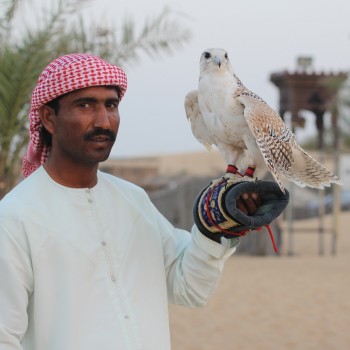
Janadriyah National Festival
Date: February or March
Janadriyah National Festival is one of the largest festivals that celebrate the country’s heritage and culture in Saudi Arabia. This folk festival takes place for two weeks; the activities vary from folklore art shows, poetry reciting, camel races, and other cultural events.
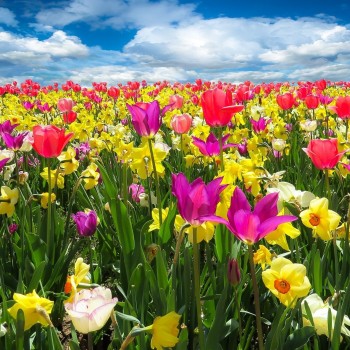
Riyadh Spring Festival
Date: October 15 to December 15
The Riyadh Spring Festival is a fantastic three-month-long event that celebrates nature and the Spring season and drags more than 150,000 visitors to the city. The festival mainly focuses on displaying flowers, ornamental plants, gardens, designing and landscaping, and landscape architecture.
This enormous event will occur from October 15 to December 15 all-around Riyadh. The festival will host more than 100 different events that will take place across 12 main areas in the city, hosting seven different themes.
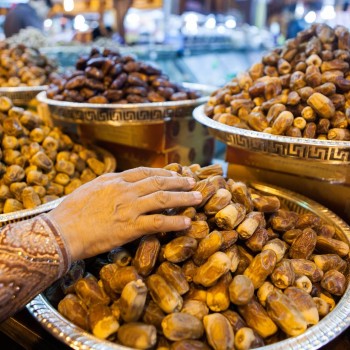
Buraidah Date Festival
Date: August - September
The Buraidah Date Festival is an annual festival dedicated to dates, held in the agricultural heartland of Saudi Arabia, Buraidah, in the Qassim province, that lasts for up to 90 days starts in August. It is the largest festival of dates globally, records the Guinness Book of Records, and is opened each year by the princely Governor of the region.
The Buraidah Date Festival focuses on date manufacturing, processing, and byproducts such as molasses, dough, sugar, jam, and chocolate. The annual festival is the biggest date market globally that offers more than 30 varieties of dates.
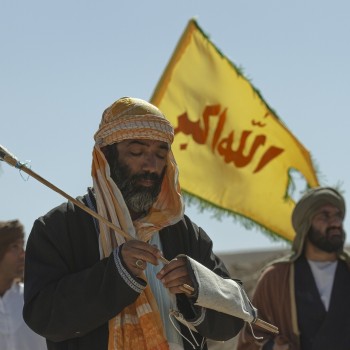
Sharqiah Season Festival
Date: 2nd November
Sharqiah Season Festival is a cultural festival in the Eastern Region in Saudi Arabia; it features a mixture of traditional events, sporting events, and film screenings.
The festival endeavors to promote opportunities for Saudi talent in the film industry while also featuring various films from the GCC region.

Historic Jeddah Festival
Date: 8th June to 18th July
Historic Jeddah summer festival is an annual festival held in the Al Balad district of Jeddah. The festival features games, watercraft rides, discount shopping opportunities, nightly fireworks displays, ATV rides through the desert dunes, and the chance to indulge in delicious Arabic-style street food.
Jeddah festivals invite tourists to experience authentic Saudi Arabian culture. Jeddah puts on a wild and crazy fireworks show every other night during the festival, beginning at 11 pm.
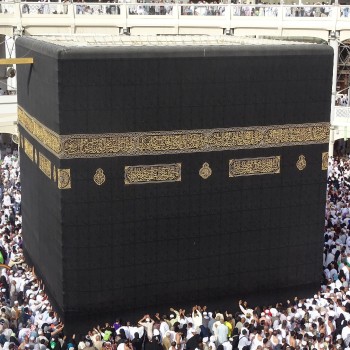
Eid al-Adha
Date: June or July
Eid al-Adha is an Islamic festival to commemorate the willingness of Ibrahim to follow Allah's command to sacrifice his son. Most Saudi families celebrate Eid al-Adha by dressing up in their finest clothing, saying special prayers, and slaughtering lambs to share their meat with everyone.

Eid ul-Fitr
Date: May
Eid ul-Fitr is the first day of the Islamic month of Shawwal. It marks the end of Ramadan, which is a month of fasting and prayer. Eid ul-Fitr begins with a small morning meal and quiet prayers and continues with enormous feasts and more lively celebrations among family and friends.
Saudi children receive money and elaborately decorated gift bags from adults. Several shopkeepers add gifts to all purchases. Saudi men secretly leave large bags of food on strangers’ doorsteps during this festive time.
Attractions / Top Sights
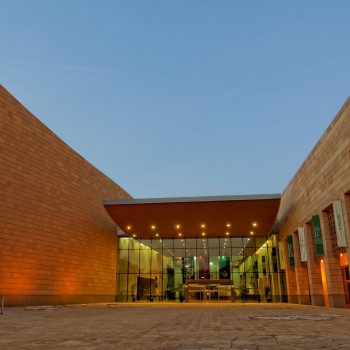
National Museum of Saudi Arabia
When to visit: November to March
The National Museum of Saudi Arabia is an important national museum in Riyadh, Saudi Arabia, established in 1999 as a part of the King Abdulaziz Historical Center in Riyadh. National Museum's design was inspired by the desert nature of the Saudi Arabian Kingdom and the red dunes located in the outskirts of Riyadh.
The museum consists mainly of 8 major variant exhibitions that cover many aspects of the kingdom's culture, history, and religion: Man and the Universe; Arabian Kingdoms; The Pre-Islamic Era; the Prophet's Mission; Islam and the Arabian Peninsula; First and Second Saudi States; the Unification; the Hajj and the Two Holy Mosques.
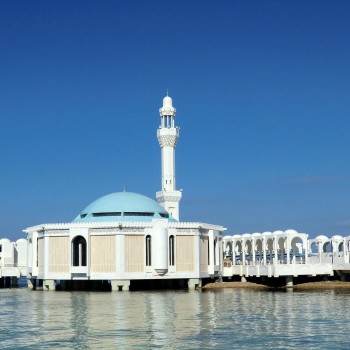
Floating Mosque
When to visit: November to March
Floating Mosque, also known as Masjid Al Rahma and Fatima Al Zahra Mosque, is one of the most beloved attractions of the city of Jeddah. Constructed on the coast of the Red Sea, the majestic Mosque appears to be floating as it is built on pillars.
The Mosque is fully functional and is used by many for prayers and those just visiting. Masjid Al Rahma uses a mix of traditional architecture and modern technology and is equipped with the necessary facilities. The Floating Mosque is visited by millions of tourists every year.
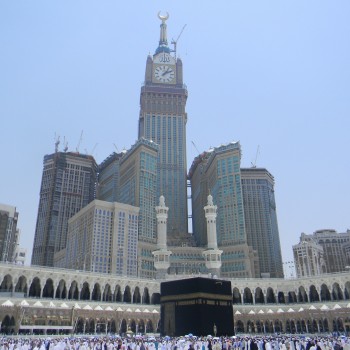
Abraj Al-Bait Towers
When to visit: October to April
Abraj Al-Bait Towers is a government-owned complex with seven magnificent skyscraper hotels in Makkah, situated in the vicinity of Masjid al-Haram, and has a four-faced clock known to be the highest in the world.
Abraj Al-Bait Towers is home to residential apartments, shopping centers, hotels, and a vast prayer area to accommodate many devotees.
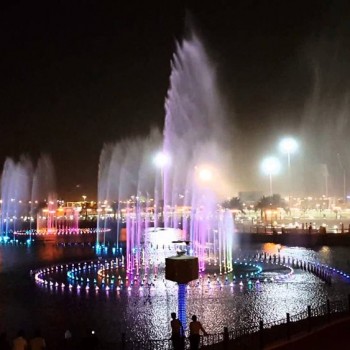
King Abdullah Park
When to visit: October to April
King Abdullah Park is well maintained, organized Family Park. It spans a vast area of 318,000 square meters, and it is known for containing some magnificent features.
It is the best park in Riyadh, with a dancing fountain and green space situated at the park's heart which comes to life daily after Al-Isha Prayer in a lively mix of colors and lights that compliments the joyful music the water dances. The park has a fantastic walking track displaying the total covered distance outside the park, where people come for a daily evening walk.
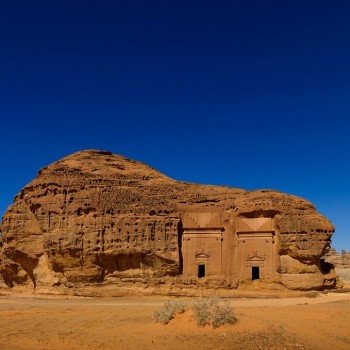
Mada’in Saleh
When to visit: Late August to mid October
Mada’in Saleh is the first historical site in Saudi Arabia to be proclaimed as a World Heritage Site by UNESCO in 2008- located within the Al-Madinah region in the northwest part of the kingdom,
The site dates back to the BC era, but its role as a historical location had been amplified within the age of the Nabatean Kingdom during the first century AD. It is known for housing 130 spectacular tombs carved in stone.
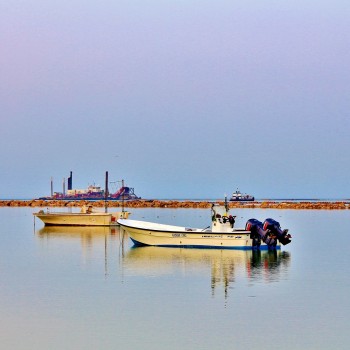
Dammam Corniche
When to visit: Between October and March
Dammam Corniche is one of the best places to visit in Dammam that also offers a panoramic view of the sea and the cultural and historical attractions located along the Arabian Gulf. The Dammam Corniche is a famous attraction that attracts crowds due to its splendidly landscaped gardens and picturesque walkways. It is a fun and relaxing place best for the family, as it offers plenty of fun activities to suit all ages.
Other attractions around this area include a carnival, fun for the young and the old, the sea lion and dolphin show for the children. And an additional attraction when at the Corniche is a boat ride around Al Marjan Island, situated at one end of the Dammam Corniche.

Al-Masjid an-Nabawi
When to visit: May to June
Al-Masjid an-Nabawi is one of the most prominent tourist attractions in Medina and one of the largest mosques in the world. Furthermore, it is the second holiest site for Muslims after the Grand Mosque. The Prophet built the mosque in Medina one year after the Hijrah, which is equivalent to 622 next to his house after constructing the Quba Mosque.
The mosque played an essential role in political and social life. It served as a social center, court, and religious school. The mosque is located in the center of Medina and is surrounded by many hotels and old markets nearby.



